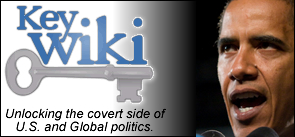A Russian Link to the Charleston Massacre?
By: Cliff Kincaid Accuracy in Media The Southern Poverty Law Center (SPLC), treated by the media...
Read MoreBy: Cliff Kincaid Accuracy in Media The Southern Poverty Law Center (SPLC), treated by the media...
Read More

My beloved husband,
GARRY HAMILTON,
passed away
on September 24th, 2022.
I will love you always.

